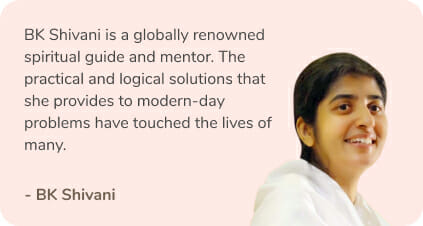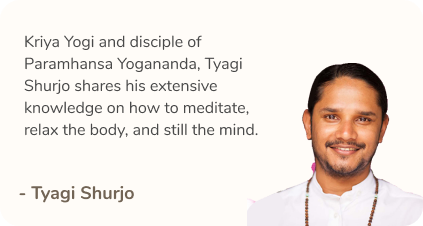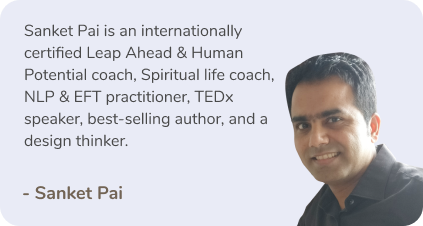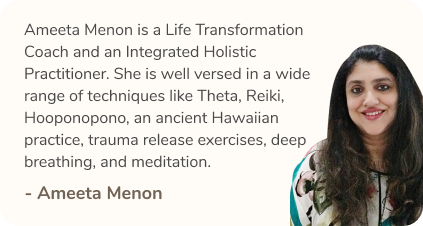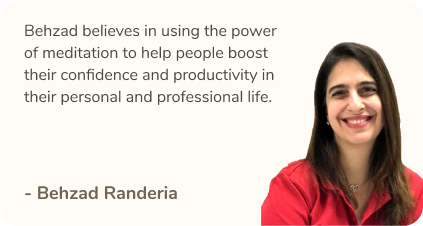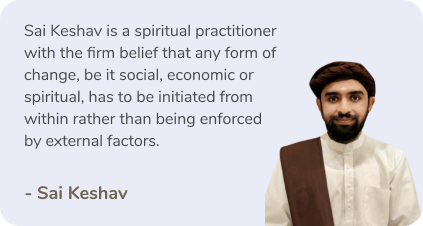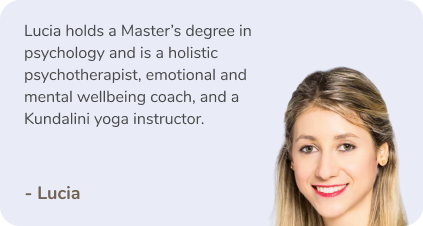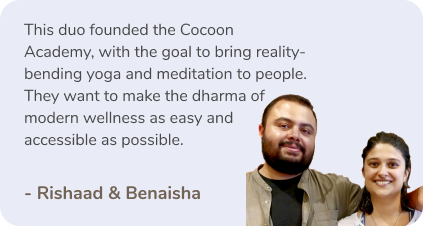Some children are handicapped due to congenital defects at birth. One such genetic and the hereditary defect is Esophageal Atresia (EA), which affects one in 10,000 individuals. The esophagus is the food pipe connecting the mouth to the stomach. Esophagus Atresia is when parts of the esophagus are missing. This rare condition prevents a person from eating. It also makes a patient vulnerable to pneumonia, since saliva gets into the lungs. A doctor from Lucknow’s King George Medical University, helped his six-year-old patient win the battle against this condition.
SAVING A CHILD
Dr. SN Kureel, a pediatric surgeon and Professor at the King George Medical University, Lucknow decided to veer from the established treatment of EA and try a new technique. The Padmashree awardee used the Kimura Technique, developed by the Japanese in 1994, where the esophagus is lengthened through tissue engineering. The six-year-old was a patient of Dr. Kureel since birth. It took six years of extensive work before the child first tasted food. According to the doctor, there have only been 20 successful cases till date.
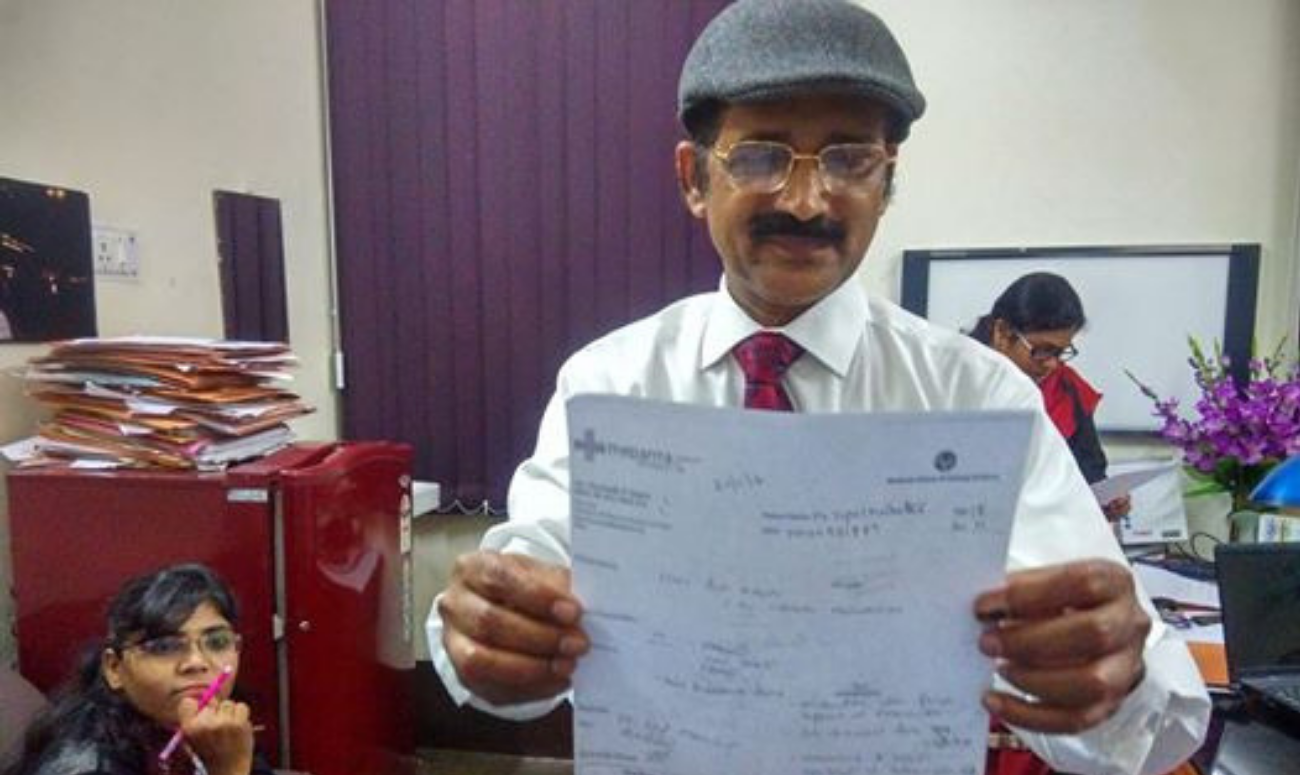
THE ESTABLISHED PROCESS
The established technique was quite different from the Japanese technique. In the established technique, a tube is surgically inserted into the stomach to facilitate feeding. The blind upper blind is exteriorized so saliva can be eliminated from the body. When a child is two, an artificial segment is attached to complete the food pipe. The introduction of foreign elements leads to health risks including cancer.
THE KIMURA PROCESS
The Kimura technique uses a different, more natural process, where no foreign element is introduced into the body. Dr. Kureel conducted the procedure in stages. During the first operation in 2012, a tube in the stomach allowed feeding, while the upper blind pouch was elongated. In 2013, the food pipe was further lengthened in another operation using tissue engineering technology. Two other operations were conducted in 2015 and 2017. On 6th September 2018, they achieved success when the patient finally started eating solid and semi-solid foods.
The patient now begins a new life thanks to Dr. Kureel’s dedication and competence.
READ MORE: UN RELEASES A SPECIAL DIWALI STAMPS


